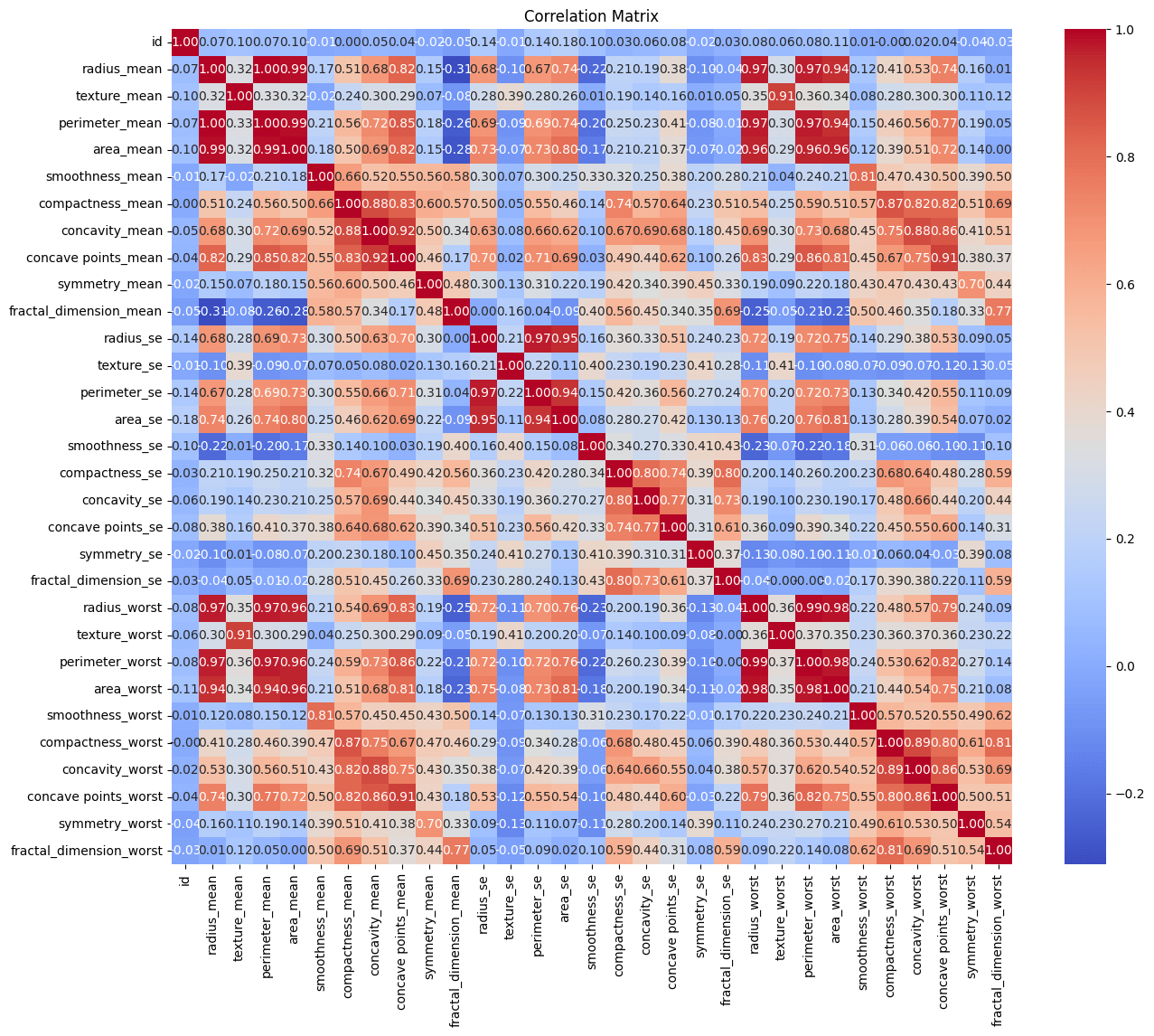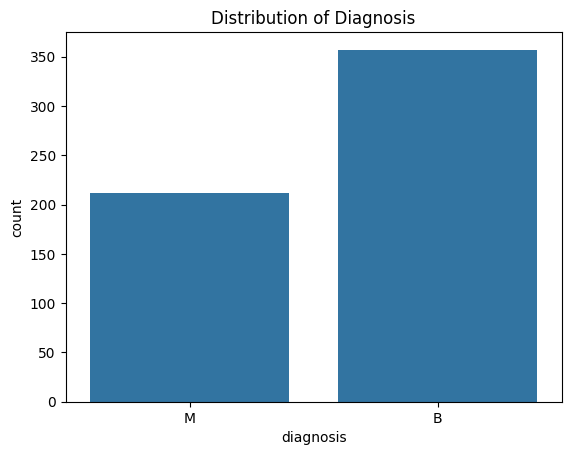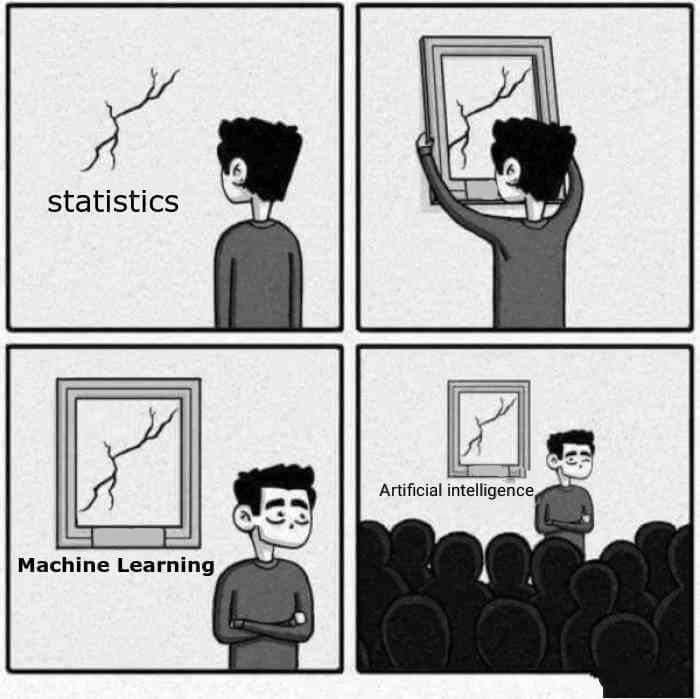The word “cancer,” which carries such weight, necessitates the highest attention to detail at every level of my model’s development. A false positive or false negative in a cancer diagnosis has significant consequences. There is no such thing as too much accuracy when lives are at stake.

Early detection of melanoma skin cancer has the potential to save lives. We’ll go over the process of creating a melanoma skin cancer classifier with TensorFlow/Keras and Google Colab in this blog article. We’ll examine the enhancements made to the original model and discuss the reasoning behind each change.
With three convolutional layers, max-pooling layers, and a dense layer for classification, the original model was a simple Convolutional Neural Network (CNN). There was potential for improvement in the model’s performance, as the training log revealed that the model’s performance is not increasing as anticipated and that the validation accuracy appears to be fixed at 50%. The training accuracy in the first epoch is 0.6869, while the training loss is 0.6350. Nevertheless, in the next epochs, the training accuracy falls (e.g., 0.6009 in epoch 2) and the training loss rises (e.g., 0.6642 in epoch 2). In the later epochs, the validation accuracy and loss appear to remain stable, hovering around 0.5000 for accuracy and 0.6939 for loss. With a validation accuracy of 0.5000, the model appeared to be generating predictions at random. Performance during training and validation differed noticeably, which is frequently a sign of overfitting. Rather of effectively generalizing to new data, the model was probably just committed to memory the training set.
Let me explain dropout, L2 regularization, and data augmentation in the context of developing a deep learning model for melanoma classification in plain English before we get started on enhancing this model.
Imagine your neural network as a school full of students, with each student standing in for a neuron. It is the duty of every student to acquire knowledge and make a contribution to the problem’s solution (melanoma classification). But occasionally, students can exhibit excessive confidence and dominance, which can cause them to overemphasize some traits while ignoring others.
Dropout:
In order to avoid this, we present a method known as “dropout.” It’s similar to periodically requesting that some pupils leave the classroom for a break. This indicates that certain neurons, or students, are “dropped out” for a brief time during training (learning). This ensures that all neurons learn to function as a team and that no one neuron becomes overly dominant. Each neuron is encouraged to become more self-sufficient and adaptable by dropout. By preventing an over-reliance on particular features, it strengthens the network and improves its ability to handle different facets of the melanoma classification assignment.
L2 Regularization: Think of a Garden, imagine your neural network as a beautiful garden of flowers. Every flower adds to the garden’s overall performance (beauty) by representing a weight (parameter) in the network. But if some blooms get too big, they could shade out other flowers and throw off the composition as a whole. In order to manage this, we present “L2 regularization.” It’s similar to carefully trimming back the taller flowers so that no single one takes center stage. In this case, L2 regularization modifies the neural network’s weights by a tiny amount. This penalty dissuades any one weight from growing excessively. By ensuring that no characteristic dominates the learning process and that every feature contributes equally to the classification of melanoma, it helps preserve equilibrium. L2 regularization produces a more balanced and well-behaved model by encouraging the neural network to use all features moderately.
Data Augmentation: Consider your dataset as a canvas, with each image being a distinct work of art by an artist that represents various melanoma cases. We employ “data augmentation” to increase the dataset’s diversity and aid the neural network’s ability to identify melanoma in a variety of contexts. It’s similar to taking the original paintings of the artist and altering them by flipping, rotating, or enlarging them. In this instance, data augmentation entails giving the training images a few modest, arbitrary adjustments. One could, for instance, slightly rotate, zoom in, or flip an image horizontally. This guarantees that the neural network observes melanoma from several angles, increasing its adaptability to various real-world situations. Data augmentation exposes the model to a greater variety of circumstances, which improves its ability to generalize. It’s similar to teaching the model to identify melanoma from multiple perspectives in order to improve performance on unseen photos.
In the Dense layers, we will make use of the kernel_regularizer parameter. You can give a regularization function for the layer weights (kernels) using this option. Here’s how you can modify your dense layers to include L2 regularization:

We will use an optimizer with a variable learning rate to change the learning rate as it is being trained. I am utilizing the Adam optimizer, for instance, and the learning_rate option. Usually, the Adam optimizer’s default learning rate is set at 0.001. While this is a fair starting point, there are other elements, such as the model architecture and dataset, that might affect the ideal learning rate. It is a hyperparameter that must be adjusted while building the model.
Since the training loss was not decreasing, I decreased the learning rate. A smaller learning rate (0.0001) helped the model converge more slowly and find a more optimal solution. I also increased the dropout rate to 0.6 which helped regularize the model more effectively, preventing overfitting.

Let’s break down the information: The output shape column displays the output shape for every layer. For instance, the output shape of (None, 222, 222, 32) is a 4D tensor with 222x222x32 dimensions.
The parameter denotes the quantity of weights and biases linked to every layer. For instance, there are 896 parameters in the first Conv2D layer. There were 11,169,218 parameters in the model, all of which could be trained. The size of the layers and the connections between them determine how many parameters are used.
I also want to address another question regarding the learning rate that was posed to me by a coworker. When training a neural network, the learning rate (0.0001) does not directly indicate the end of training or the amount of time needed to train the model. One hyperparameter that regulates the number of steps executed during optimization is the learning rate. It affects the rate at which the model picks up knowledge from the training set. The step size is equal to 0.0001 times the gradient of the loss with respect to the parameters. Put another way, the learning rate of 0.0001 indicates that the model’s parameters (weights) will be slightly adjusted during each training iteration by updating a small portion of their gradients. Slower but more steady convergence is frequently the result of smaller learning rates.
Training measures such as accuracy, validation loss, and training loss are often used to track the training process itself. The user can specify conditions for when the training ends, such as completing a predetermined number of epochs, reaching a target performance level, or using early ending approaches.
The model is learning a great deal more from the training data once the aforementioned improvements were made, as seen by the declining training loss and rising training accuracy over epochs.
Additionally, the validation loss and accuracy were becoming better, indicating that the model is doing a good job of generalizing to new data. Positive signs may be seen in the training and validation measurements, which consistently improve over the epochs.

The training was halted after epoch 10 since I had used early stopping with a patience of 3, as no progress in the validation loss was seen for three consecutive epochs. After doing more analysis on the performance indicators, and if the validation accuracy and loss meet my needs, I might take this model under consideration for review.
The subfolders in the test dataset bearing the labels “benign” and “malignant” replicated how the training data was arranged. The consistency in assessing the model’s capacity to generalize to previously unseen images was made possible by its adherence to structure. After carefully preparing the test data using the same preprocessing methods used for training, we loaded the trained model and started making predictions.
The results of my testing efforts indicated that the performance was encouraging. The model demonstrated its capacity to accurately diagnose skin lesions as either benign or malignant, with an accuracy rate of 90.2%. Even while it shows success, this numerical depiction merely scratches the surface of the knowledge gained from a closer look.

As we looked more closely at the categorization report, we found that the F1-score, precision, and recall were important metrics. The model’s 88% precision and 93% recall for benign lesions demonstrate its capacity to accurately identify benign instances while reducing false positives. On the other hand, recall and precision for malignant lesions were 87% and 93%, respectively. In the context of skin cancer detection, where incorrect categorization can have serious repercussions, these measures represent a balanced performance, which is crucial. The model’s balanced performance across classes is further highlighted by the weighted averages and macros. When a model achieves a macro average of 90% for precision, recall, and F1-score, it indicates that it is not very successful in one class at the expense of another.
We have to acknowledge that precision is all about decimal places. The models we create reflect a commitment to being as careful and watchful as we can be—they are more than just tools. As we continue to push the limits of what technology can accomplish in healthcare, we’re dedicated to improving our strategy, picking up new skills from every experience, and helping to ensure that no case goes unnoticed in the future.
Profound conviction that accuracy is not only a goal but also a duty in the delicate field of cancer diagnosis propels the path forward.












 The idea is to observe the most common interval, which is likely the frequency of your time series. The output helps verify that the chosen frequency aligns with the actual structure of the
The idea is to observe the most common interval, which is likely the frequency of your time series. The output helps verify that the chosen frequency aligns with the actual structure of the

















 See what I mean?
See what I mean?